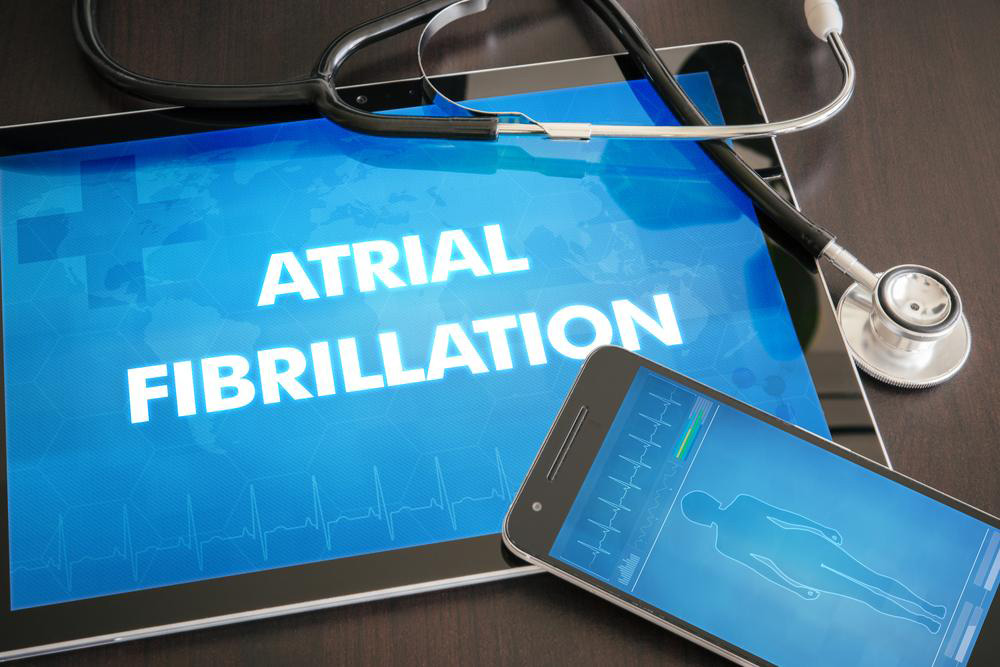Comprehensive Guide to Atrial Fibrillation: Understanding Types, Symptoms, and Management Strategies
This comprehensive guide explores atrial fibrillation in detail, covering its types, symptoms, and treatment options. Knowing how to identify and manage Afib can significantly reduce risks like strokes and improve patient quality of life. Learn about the importance of medication, lifestyle changes, and medical interventions to effectively control this common heart rhythm disorder.

Comprehensive Guide to Atrial Fibrillation: Understanding Types, Symptoms, and Management Strategies
Atrial Fibrillation (Afib) is one of the most common and serious types of irregular heart rhythms, posing significant health risks if not diagnosed and managed properly. This condition involves abnormal electrical activity in the atria of the heart, leading to irregular and often rapid heartbeats. If left untreated, Afib can increase the likelihood of strokes, heart failure, and other cardiovascular complications. Understanding the different types of Afib, recognizing the symptoms early, and implementing effective management strategies are crucial steps toward improving patient outcomes and maintaining cardiovascular health.
Effective treatment for Afib not only focuses on controlling abnormal heart rhythms but also aims to prevent the formation of blood clots, which are the primary cause of stroke in these patients. Medications play a cornerstone role in managing Afib, with anticoagulants prescribed to reduce stroke risk and antiarrhythmic drugs used to restore and maintain normal rhythm. Additionally, lifestyle modifications, including dietary changes, regular exercise, and avoiding alcohol and stimulants, can significantly contribute to better management and quicker recovery from Afib-related complications.
Types of Atrial Fibrillation
Atrial Fibrillation is classified into several types based on the duration and persistence of arrhythmia episodes. Recognizing these types helps healthcare providers determine the most appropriate treatment plan and monitor disease progression effectively.
Paroxysmal Atrial Fibrillation: This type is characterized by intermittent episodes of irregular heartbeat that start suddenly and stop on their own, typically lasting from a few seconds to a week. These episodes may occur sporadically and might be triggered by factors such as stress, caffeine, or alcohol. Patients often experience palpitations, dizziness, or chest discomfort during episodes, but the heart returns to a normal rhythm spontaneously without medical intervention. Over time, these episodes may increase in frequency and duration, requiring ongoing management.
Persistent Atrial Fibrillation: Unlike paroxysmal Afib, persistent episodes last longer and do not resolve spontaneously. This form usually persists beyond seven days and often requires medical intervention, such as antiarrhythmic medications, electrical cardioversion, or other procedures, to restore normal rhythm. Patients may experience continuous symptoms or irregularities that significantly impact daily activities, and ongoing treatment is often necessary to maintain heart rhythm stability.
Permanent Atrial Fibrillation: This is the most advanced type, where the irregular rhythm is ongoing and cannot be restored to normal despite treatment attempts. In these cases, healthcare providers accept the persistent abnormal rhythm and focus on controlling symptoms and reducing stroke risk through medication. Patients with permanent Afib often adapt to their condition, but they remain at higher risk for stroke and other complications, making continuous management essential.
Recognizing the Symptoms of Atrial Fibrillation
Detecting Afib early can significantly improve treatment outcomes. Symptoms can vary widely from person to person, with some individuals experiencing severe manifestations while others remain asymptomatic. Recognizing these symptoms and seeking prompt medical attention are vital steps in mitigating health risks associated with the condition.
Palpitations or Irregular Heartbeat: A common symptom caused by disturbances in the normal electrical signals of the heart, leading to a rapid or irregular pulse.
Chest Discomfort or Pain: Some individuals report sensations of tightness, pressure, or stabbing pain in the chest, which can be alarming and warrants immediate evaluation.
Fatigue and Weakness: Persistent tiredness, feeling unusually exhausted, even after rest, can be a sign of underlying arrhythmia affecting cardiac output.
Dizziness and Lightheadedness: Reduced blood flow resulting from irregular heart rhythm can cause lightheadedness, fainting spells, or dizziness, especially during physical activity.
Shortness of Breath: Difficulty breathing, especially during exertion, may occur as the heart struggles to pump blood efficiently.
Reduced Exercise Tolerance: A decline in the capacity to perform physical activities without discomfort or symptoms might indicate worsening heart rhythm issues.
If any of these symptoms are experienced, consulting a healthcare professional for diagnosis and management is critical. Early intervention can prevent serious complications like stroke and improve quality of life.
Blood clots can develop due to irregular atrial contractions in Afib, increasing the risk of embolic strokes. The primary goal of treatment is to regulate the heart rhythm, prevent clot formation, and reduce the overall risk of adverse events. This comprehensive approach often involves medications such as anticoagulants, antiarrhythmic drugs, and sometimes surgical or electrical procedures like catheter ablation or cardioversion. Accurate diagnosis, ongoing monitoring, and tailored therapy plans are essential components of effective Afib management.





